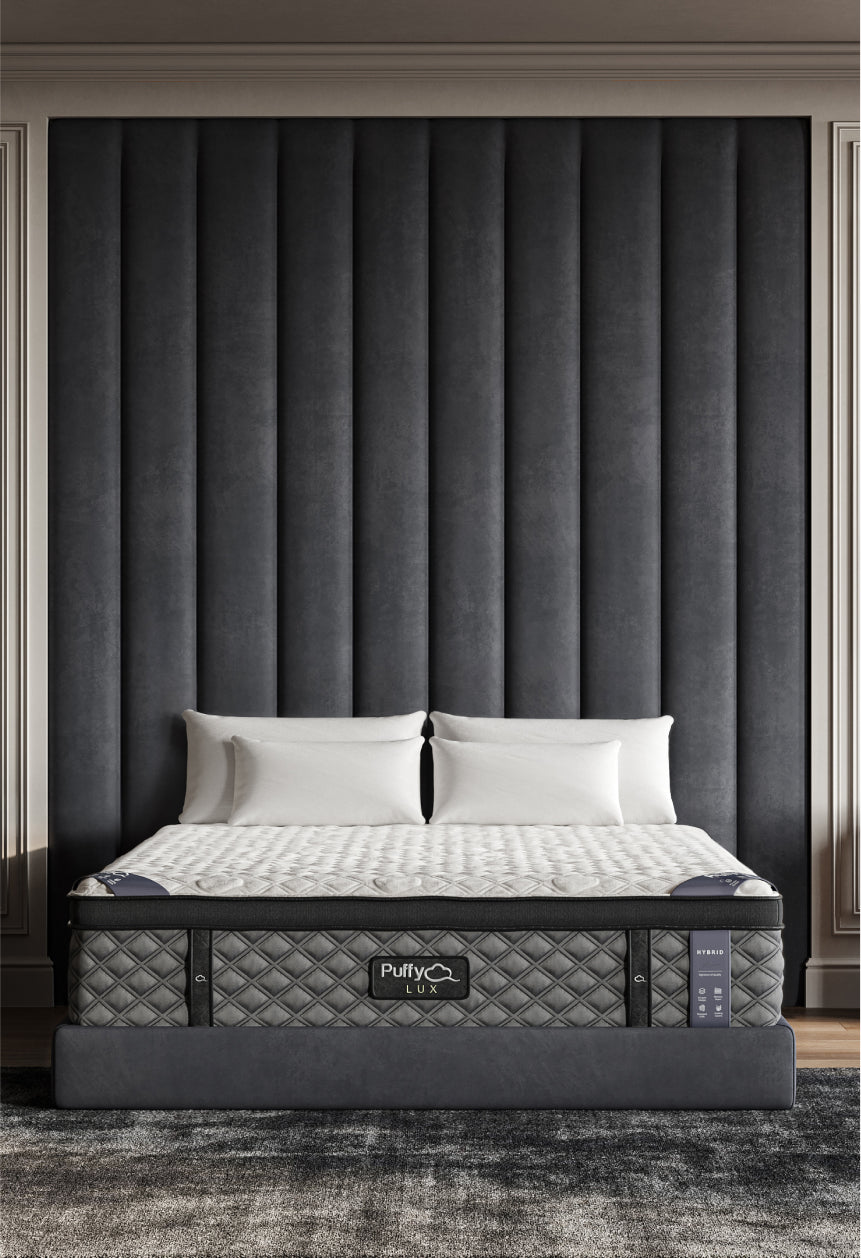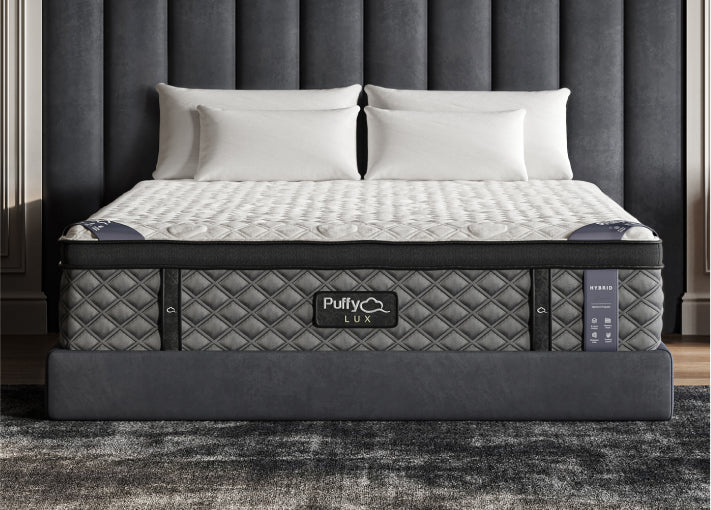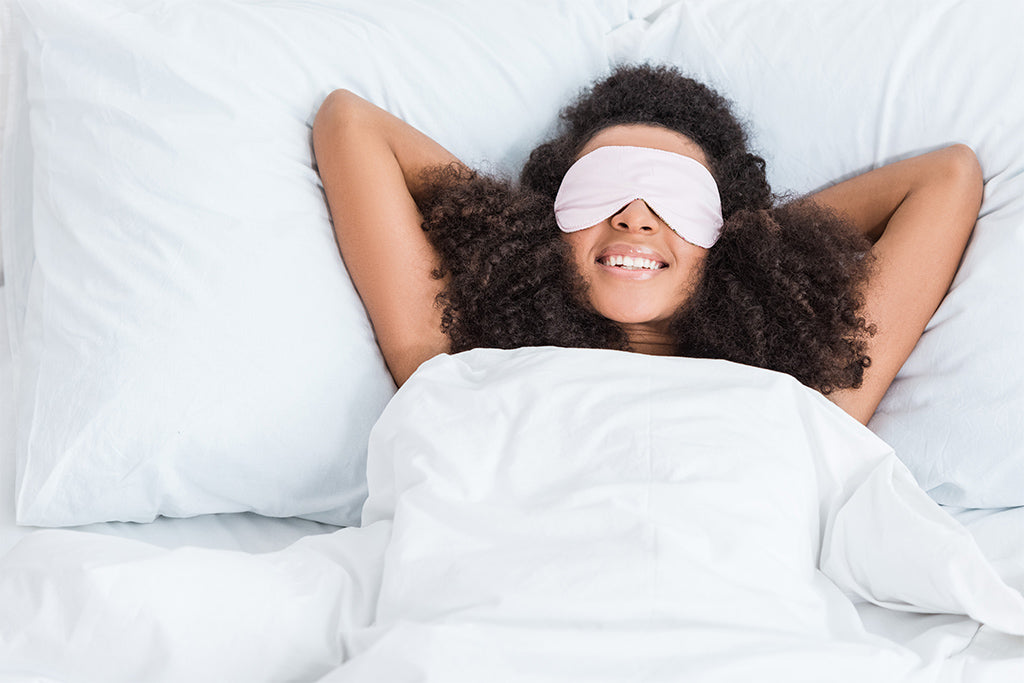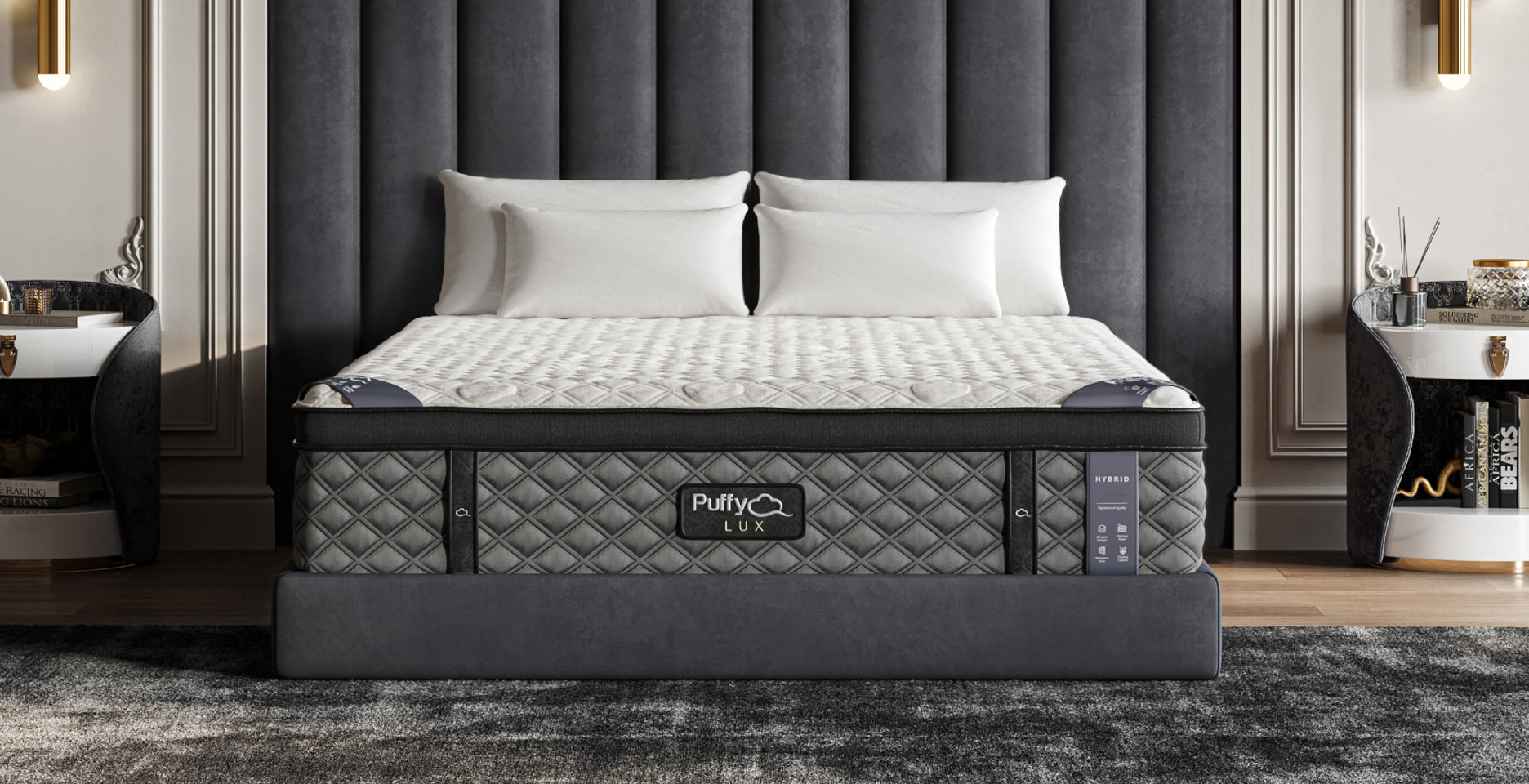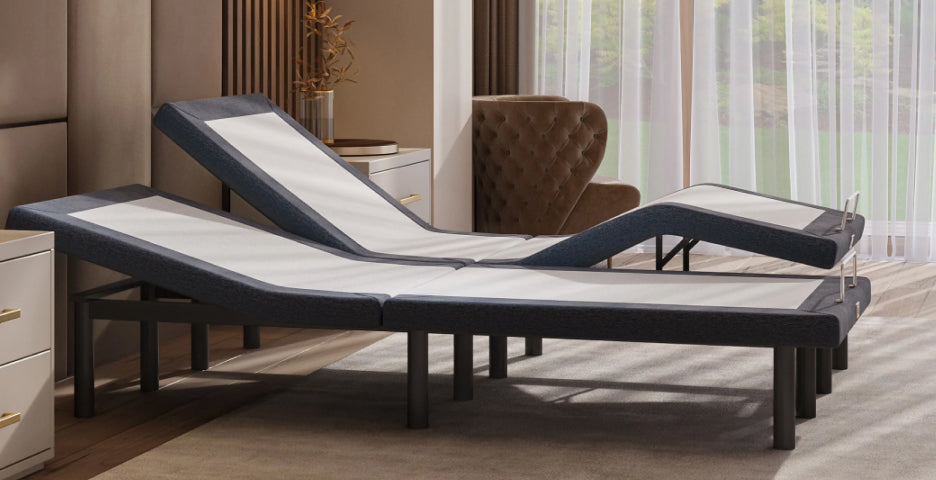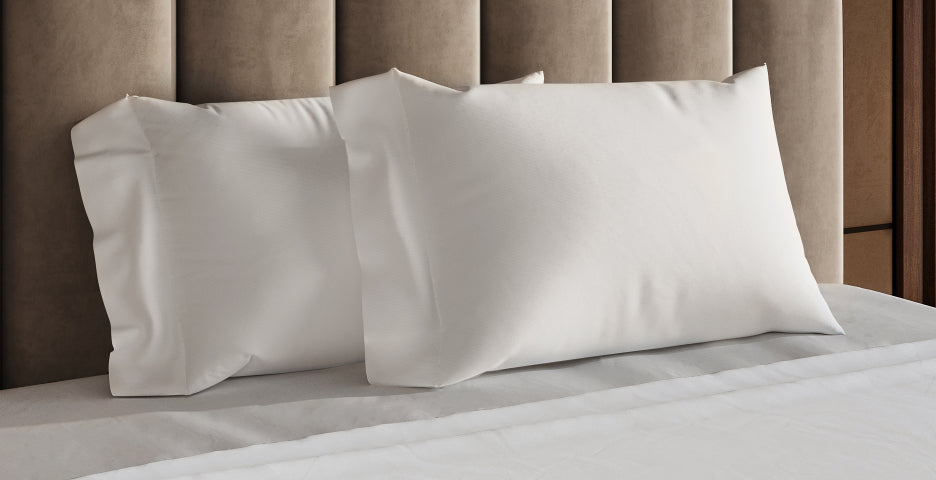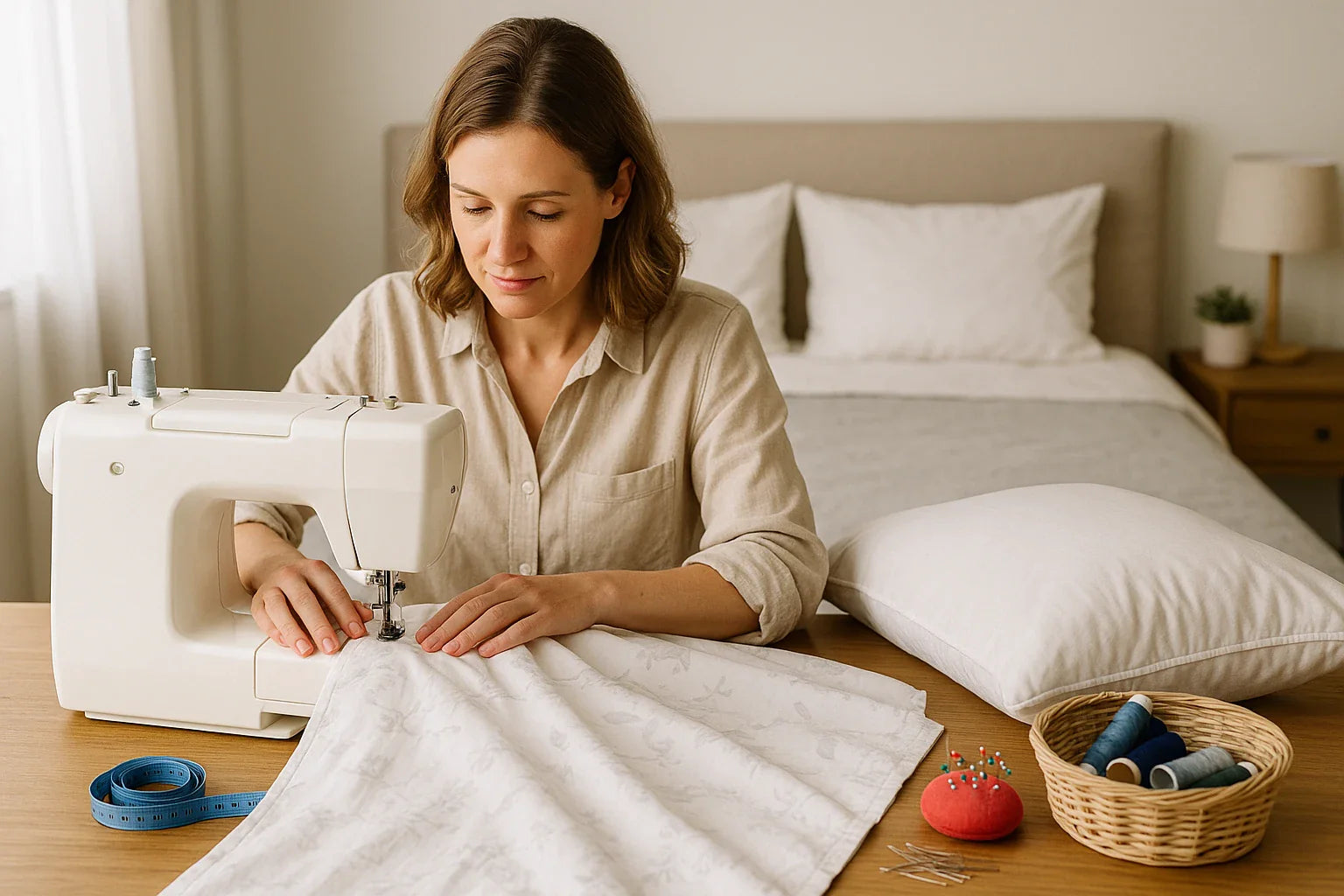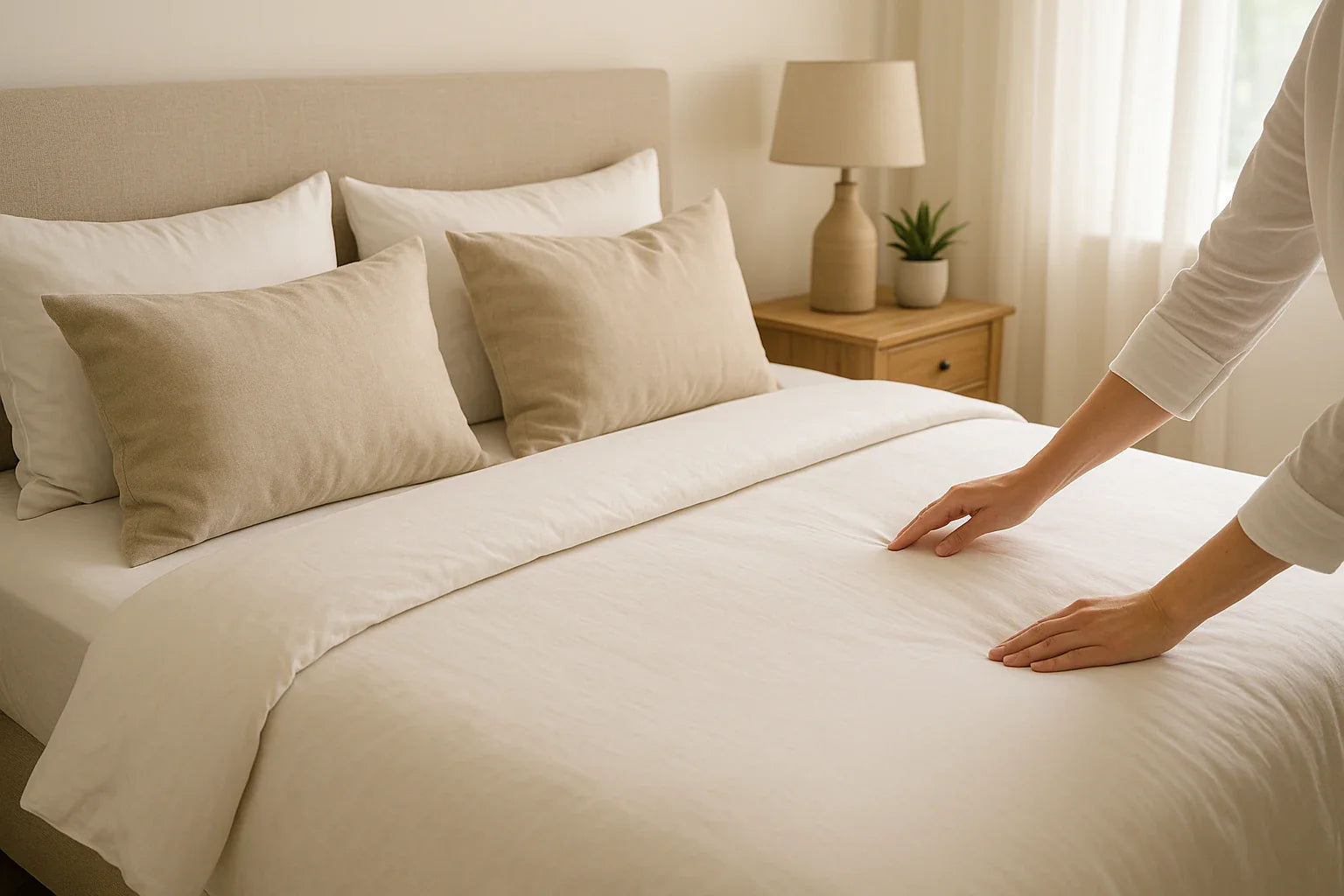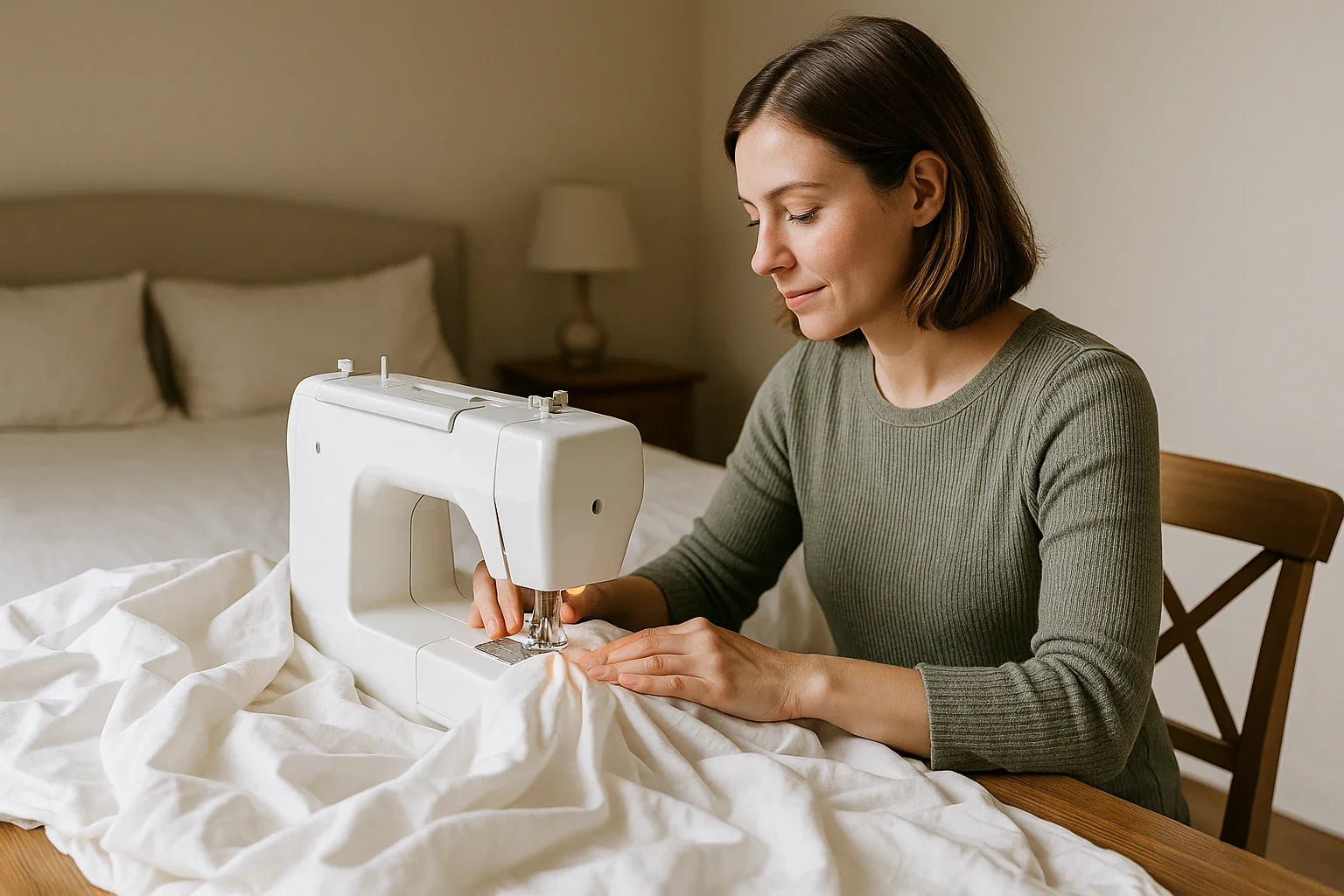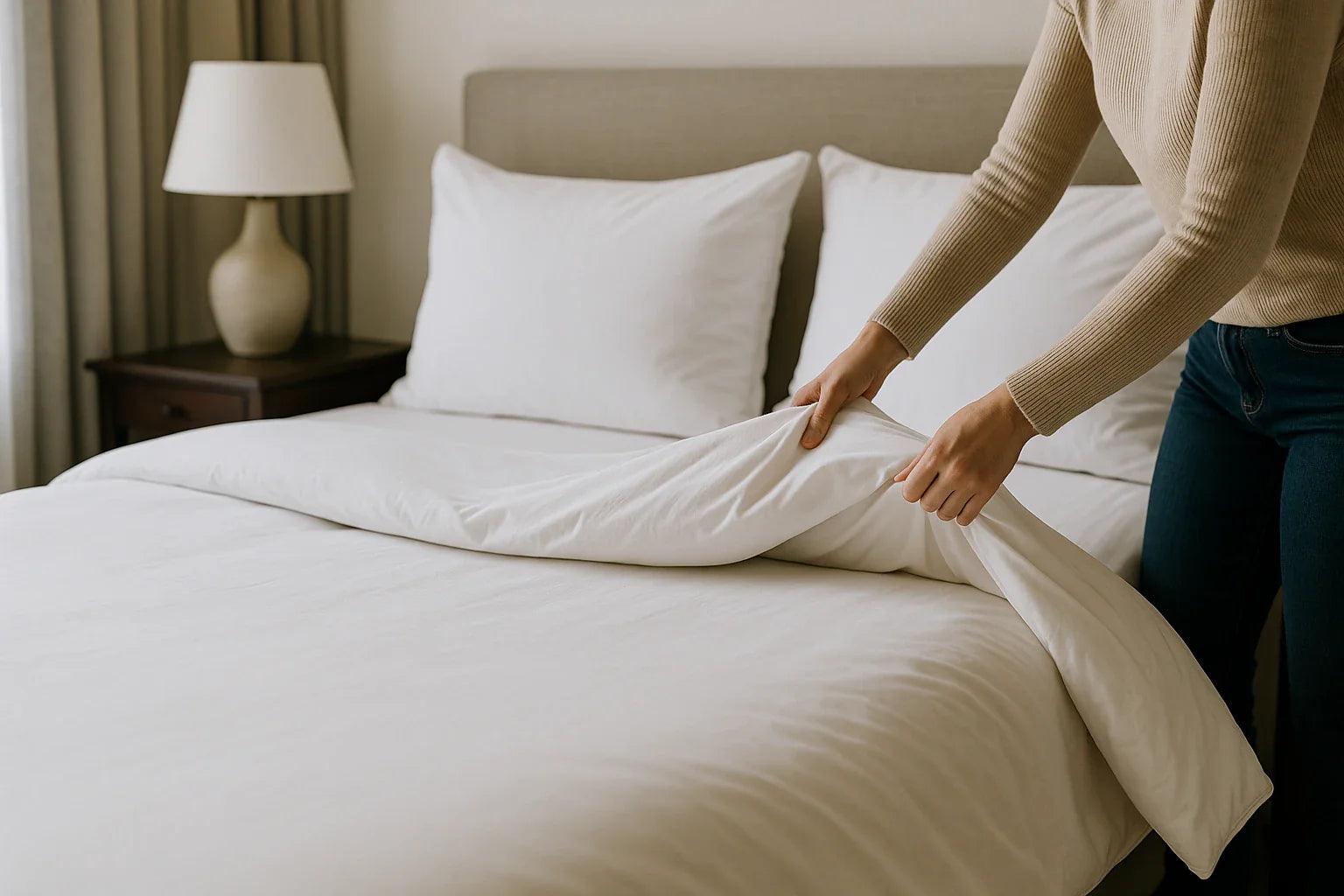It's no secret that a good night's sleep is crucial for overall health and wellbeing. However, what many overlook is the role that pillows play in this. Pillows, much like mattresses, shoes, and other items we use daily, have a lifespan. Beyond this, they can cause discomfort, lead to poor sleep, and may even become a breeding ground for dust mites and allergens.
How Often to Replace Pillows
While there is no one-size-fits-all answer, the general consensus among experts is that you should replace your pillows every one to two years. This ensures they are still providing the necessary support and are free from allergens. However, the exact timeframe can depend on the type of pillow, with some materials lasting longer than others. For example, memory foam pillows can last up to three years, while down pillows may only last two years.
When to Replace Pillows

Knowing when to replace your pillows can be a bit tricky. A clear sign it's time for a change is if your pillow can't maintain its shape or fails the "fold test" – folding it in half, and it doesn't spring back into shape. Other signs include waking up with neck or back discomfort, or if you find your pillow is no longer comfortable.
Check out Puffy mattress reviews from real customers and see how we compare with other brands.
You should also consider replacing your pillow if you notice any odors, discoloration, or if you've developed allergies, as these may indicate the presence of mold, mildew, or dust mites.
What to Do with Old Pillows

When the time comes to retire your beloved pillow from its duties, it's good to have some creative ways to put it to use. Instead of sending it straight to the landfill, consider these eco-friendly and practical solutions:
- Pet Bed: The most straightforward idea is to convert your old pillows into comfortable beds for your pets. Old pillows can be easily transformed by sewing a sturdy new cover or using an old pillowcase. This not only saves you money from buying a new pet bed, it also provides a comforting scent for your pet. Animals are highly sensitive to smell and often find comfort in their owner's scent, making this an especially heartwarming reuse of an old pillow.
- Gardening Knee Pads: If you love gardening, you know it can be hard on the knees. Instead of buying expensive knee pads, why not use an old pillow? You can make a waterproof cover for it, and voila, you have your personal knee pad. This can save you money and the discomfort of kneeling on the hard ground while tending to your plants.
- Insulation: It might sound surprising, but pillows, especially those filled with down or synthetic fibers, can be used as insulation. If you have a DIY project going on, consider using them to insulate a small tree house, a shed, or even parts of your attic or garage. This method can help you save on insulation costs while finding a great use for your old pillows.
- Donations: Some organizations such as animal shelters, homeless shelters, and recycling centers accept pillows in decent condition. However, it's recommended to call ahead to check their donation guidelines. Donating your old pillows not only extends their life but also helps in providing comfort to those in need.
- Craft Projects: Old pillows offer a treasure trove of materials for craft projects. You can make new throw pillows, floor cushions, or even use the stuffing for stuffed toys. In addition, the stuffing can be used to make door stoppers or draft stoppers, providing a cost-effective solution to these household needs.
In summary, before you toss that old pillow into the trash, think about these potential reuses. Not only do they help reduce waste, they can also help you save money or support meaningful causes. Remember, every item we can keep out of our landfills is a step towards a more sustainable future.
How to Choose the Best Pillow for Sleep

Selecting the right pillow is crucial to ensuring a good night's sleep. A well-chosen pillow can support your neck and head, align your spine, and contribute to a quality sleep experience. But with so many options available, how do you choose the best one for your needs? Here are some factors to consider:
- Sleeping Position: Your preferred sleep position largely determines the type of pillow that would best suit you. Side sleepers generally require a firmer, higher pillow to maintain neck and spine alignment. Back sleepers often benefit from a medium-firm pillow that supports the natural curvature of the spine, while stomach sleepers might need a softer, lower pillow to avoid neck strain.
- Material: Pillows come in a variety of materials, from memory foam to latex, down, and synthetic fillings. Each material has its pros and cons. Memory foam molds to the shape of your head and neck, providing excellent support, while down pillows are light and soft but may not provide the same level of support. Synthetic pillows can be a good budget option, but they may not be as durable or hypoallergenic as other types.
- Size: Standard, queen, and king are the most common pillow sizes. While choice can be a matter of personal preference, it's crucial to choose a pillow size that fits your bed and your head size. An oversized pillow on a small bed, or a tiny pillow on a large bed, can look out of place and feel uncomfortable.
- Allergies: If you're allergic to certain materials, make sure to choose a hypoallergenic pillow. Hypoallergenic options are available in a range of materials, including synthetic fills, foam, and latex. Moreover, consider a pillow with a removable, washable cover to keep allergens at bay.
- Firmness: The firmness of a pillow can greatly affect your sleep quality. Some people prefer a soft pillow that they can sink into, while others need a firm pillow for adequate support. Your choice should align with your comfort needs and sleeping style.
- Trial and Return Policy: Finally, since comfort is a highly individual matter, it's beneficial if the pillow comes with a trial period. This allows you to test the pillow for a few nights to see if it suits your needs. A good return policy is also helpful in case the pillow doesn't meet your expectations.
Remember, a good pillow is a worthwhile investment in your sleep health. Take the time to consider these factors, and you're more likely to find a pillow that ensures restful, rejuvenating sleep.
If you’ve gone through the trouble of finding the most comfortable mattress for your sleeping position, you owe it to yourself to do some research to find a pillow that is just as good. With the wide variety of pillows now available in the market, it’s possible to find something that provides equal amounts of support and comfort in a single sleep.
Memory foam pillows like the Puffy Pillow are a great option for hot sleepers who are looking to find something versatile enough for support, as well as comfort. One of the benefits of the Puffy Pillow has the zip-n-wash cover, protecting the actual foam and prolonging the life span of the product in doing so.
Finding the best pillow for your sleep is as simple as choosing something of high quality, made of materials you can trust for proper rest. The Puffy Pillow is hypoallergenic and made with CertiPUR-US® certified foams. You’ll be resting easy and clean before you know it!
Conclusion
Replacing your pillows regularly is an essential part of maintaining good sleep hygiene. Not only can it help ensure a more comfortable night's sleep, but it can also help avoid potential allergens and maintain proper spinal alignment. So, don't underestimate the power of a fresh pillow on your journey to better sleep and health.
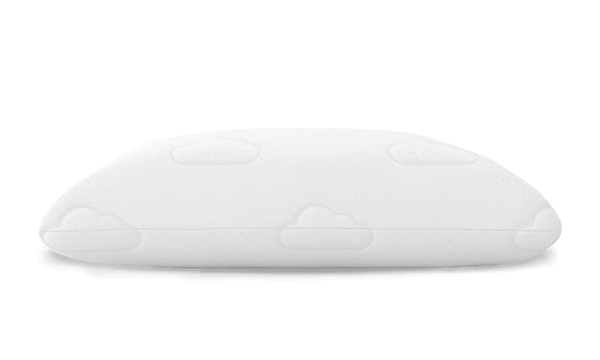
Experience cloudlike support with the Puffy Signature Pillow.
Sleep soothed with this soft, adjustable memory foam pillow:
- Made with CertiPUR-US® certified foam.
- Hypoallergenic cover.
- Lifetime warranty.
- 101-night sleep trial.
- Free shipping and returns.
- Made in the USA.
